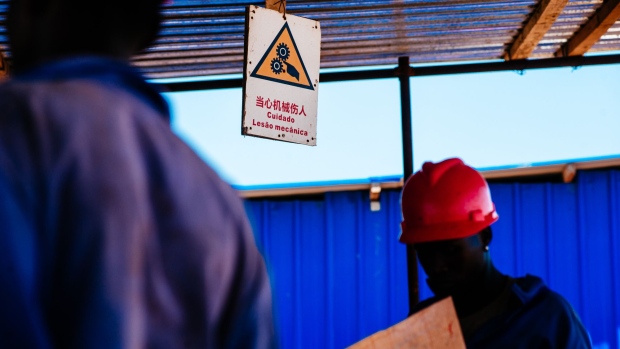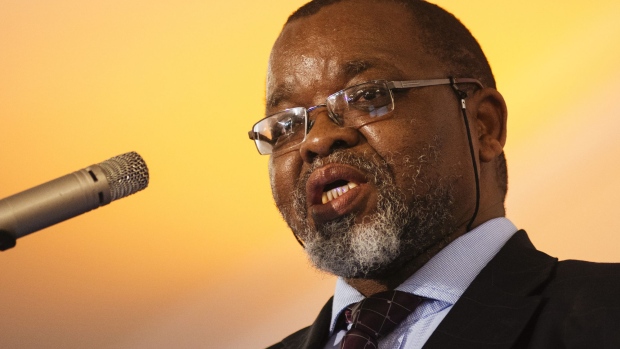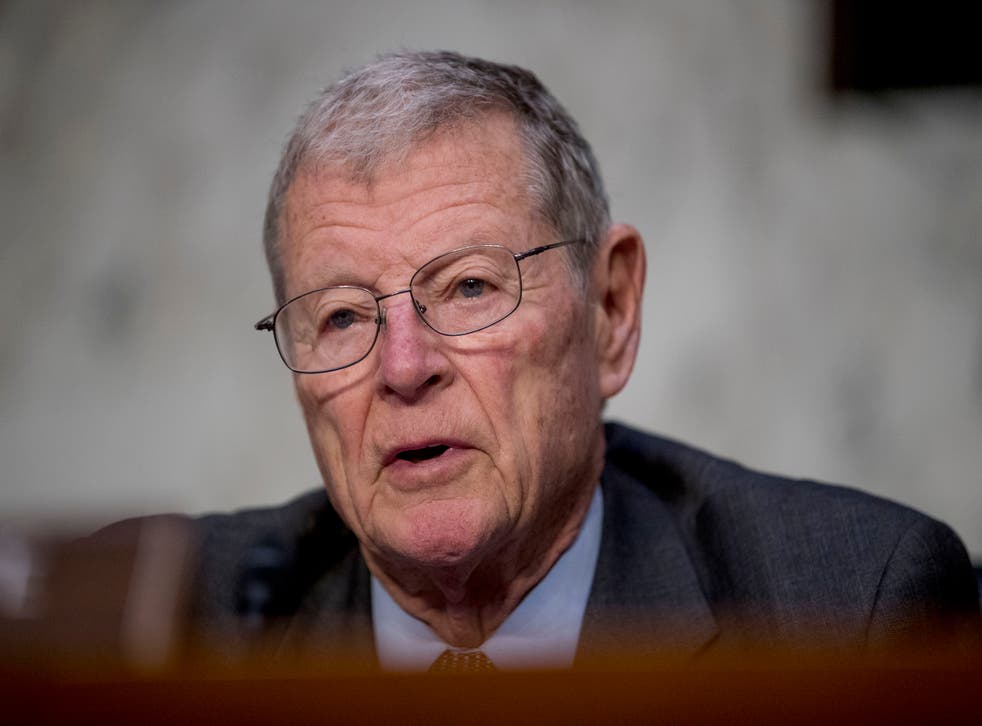9Bloomberg) -- Nicole Musicco had a bold pitch: Cut out the giants of private equity and do the job yourself.
Musicco, 47, this week clinched one of the biggest jobs in investing, becoming chief investment officer of the $500 billion California Public Employees’ Retirement System.
Her appointment, and her plans for private equity, heralds a major shift in how the nation’s largest public pension plan, beset with staff turnover and political infighting, meets its obligations to millions of California workers. It could also mean billions less flowing to Wall Street.
In her interview with the board, Musicco laid out a vision for a team inside Calpers that would buy stakes in private companies, according to people familiar with the matter. The change would mean more control and reduce the fees to firms such as Blackstone Inc. or Carlyle Group Inc. It’s a common arrangement in her native Canada, but not in the U.S.
An industry veteran north of the border, Musicco’s focus has long been private equity. But she faced opposition from some board members in the hiring process, said the people familiar, who asked not to be named because the talks were private. Eventually, the concern that she lacked experience overseeing a pool of money as large and sprawling as Calpers was pushed aside by supporters who believed Musicco could embolden the organization’s private equity efforts.
“The full board is supportive of Nicole’s hire and we are excited to have her join Calpers,” Theresa Taylor, the Calpers board president, said in a statement, without providing further details on the hiring process.
Musicco, who spent more than 16 years at the Ontario Teachers’ Pension Plan and a year at the Investment Management Corporation of Ontario before joining RedBird Capital Partners, will arrive in California at a pivotal moment. The fund is making dramatic changes, including stepping up investments in private markets and using borrowed money to boost performance.
But she faces a tricky task to win over different factions at the pension, all the while operating without the freedom typical at Canada’s public systems.
“I’m not sure Calpers is ready for Nicole Musicco,” said Claude Lamoureux, who was chief executive officer of Ontario Teachers’ for 17 years. “She will do a great job, I have no doubt about it.”
Canadian pensions have other advantages over their American peers. They can attract dealmaking talent more easily without the same stretched budgets and caps on pay, and many of them don’t operate in the same public glare as U.S. pension funds.
The Calpers CIO seat has been vacant since August 2020. During a first round of searches, the board couldn’t agree whether to pick an investing chief best suited as a manager or an investor.
Top candidates included Commonfund CEO and investment chief Mark Anson, people familiar said. He’s also a former Calpers CIO. Amid the disagreements, Calpers paused a search that consultant Korn Ferry spearheaded, and resumed later with recruitment firm Dore Partnership.
Spokespeople for Korn Ferry, Dore Partnership and Commonfund did not reply to requests for comment.
Job Challenges
“This role certainly comes with challenges but we believe Nicole is up to the task,” Calpers spokesman Joe DeAnda said in an emailed statement.
Calpers declined a request to interview Musicco after announcing her appointment Tuesday. She starts on March 28 and will report to CEO Marcie Frost.
“I have ‘grown up’ in the Defined Benefits Pension industry, and have witnessed first hand with family, and in my community, the importance and impact defined pensions have on individuals and the economy,” Musicco wrote in a LinkedIn post about her new position.
Calpers, in sheer size and complexity, is unparalleled: It’s governed by an often quarrelsome 13-member board, some of whom are elected and often air their differences in public. It has a staff of more than 2,800 and a budget of $1.9 billion.
Returns lag the pension’s 20-year benchmark and until recently were behind its 5-year, 3-year and 1-year measures. Calpers had only about 80% of the funds needed to meet its long-term liabilities at the end of fiscal 2021. (That’s an improvement of nearly 10 percentage points over the previous fiscal year.)
As it seeks to boost gains, Calpers, like other large pension funds, is moving deeper into private equity. Last year it adopted plans to increase such investments to 13% from 8% of assets, and added a 5% allocation to private debt.
Some Calpers officials have expressed concern that private equity investments are riskier and more expensive than other asset classes. Buyout firms typically charge about 2% of assets under management and 20% of profits and require investors to keep money locked up for long periods.
One of the earliest public pension funds to get into private equity, Calpers started to see its returns in the asset class lag behind peers over time as more investors crowded into buyout funds in search of higher returns.
Ted Eliopoulos embarked on a plan to slash the number of managers during his tenure as CIO from 2014 to 2018, hoping for more bargaining power when negotiating fees and terms. He also floated plans to set up Warren Buffett-style vehicles that would hold companies for the long-haul and discussed the possibility of outsourcing the private equity business to BlackRock Inc.
Those ideas fizzled out after his successor Ben Meng took over. Under Meng, Calpers expanded coinvestments, which are typically deals done alongside funds that help to reduce fees.
PE Direction
During her time at Ontario Teachers’, Musicco moved to Atlanta when the fund struck a deal to buy travel tech firm Worldspan. She was there for several months to work with the company’s president. That helped the executive carry out a turnaround in a memorably successful deal, according to Jim Leech, who was head of the pension’s private equity division at the time and later became its CEO.
“I’m not sure whether they have the courage to go as far as the Canadian model, but she will undoubtedly push them in that direction,” said Leech. Ontario Teachers’, established in 1990, has about C$228 billion ($179 billion) in assets, and is fully funded.
In recent years, Calpers has faced turmoil in its leadership ranks. Meng, Musicco’s predecessor, left abruptly in August 2020. Calpers determined he approved an investment into a private equity fund managed by Blackstone at the same time he held Blackstone shares. Meng has said he had disclosed all his financial holdings to Calpers. No evidence has surfaced that he made investment decisions to boost personal shareholdings.
A trauma that continues to haunt many Calpers staff is a pay-to-play scandal in the aughts. In 2016, former Calpers CEO Federico Buenrostro was sentenced to four-and-a-half years in prison for steering $14 million in fees to a former board member in exchange for cash bribes and gifts.
“People worried they couldn’t find anybody good,” to fill the CIO position, said Ashby Monk, executive director of the Stanford Research Initiative on Long-Term Investing. He added that it could take some time for Musicco to acclimate to the Calpers environment.
“She’s really got to understand the organization in advance of understanding the portfolio,” he said.
©2022 Bloomberg L.P.








